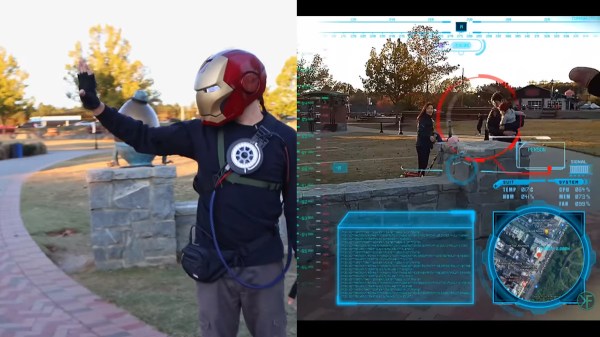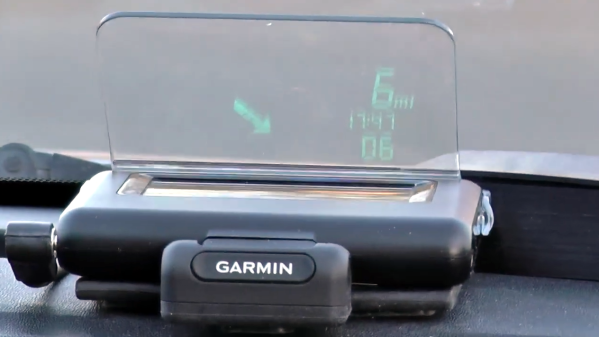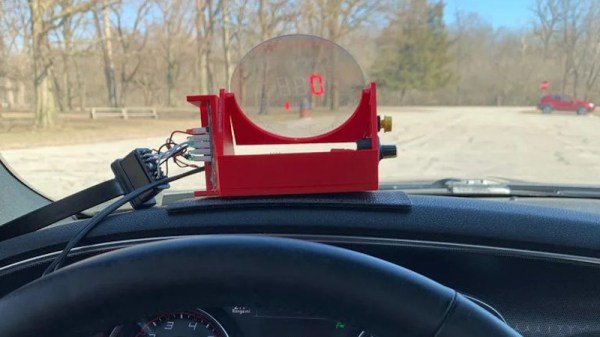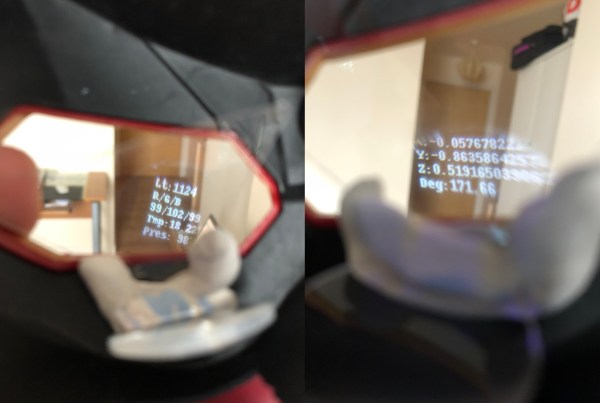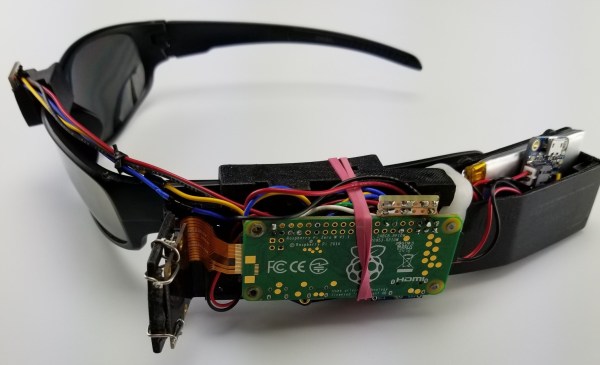The T-800, also known as the Terminator, was like some kind of non-giving up robot guy. The robot assassin viewed the world through a tinted view with lines of code scrolling by all the while. It was cinematic shorthand to tell the audience they were looking through the eyes of a machine. Now, a YouTuber called [Open Source] has analyzed that code.
The video highlights one interesting finds, concerning graphics seen in the T-800’s vision. They appear to match the output of various code listings and articles in Nibble Magazine, specifically its September 1984 issue. One example spotted was a compass rose, spawned from an Apple Basic listing. it was a basic quiz to help teach children to understand the compass. Another graphic appears to be cribbed from the same issue in the MacPaint Patterns section.
The weird thing is that the original film came out in October 1984 — just a month after that article would have hit the news stands. It suggests perhaps someone involved with the movie was also involved or had access to an early copy of Nibble Magazine — or that the examples in the magazine were just rehashed from some other earlier source.
Code that regularly flickers in the left of the T-800s vision is just 6502 machine code. It’s apparently just a random hexdump from an Apple II’s memory. At other times, there’s also 6502 assembly code on screen which includes various programmer comments still intact. There’s even some code cribbed from the Apple II DOS 3.3 RAM Disk driver.
It’s neat to see someone actually track down the background of these classic graphics. Hacking and computers are usually portrayed in a fairly unrealistic way in movies, and it’s no different in The Terminator (1984). Still, that doesn’t mean the movies aren’t fun!
Continue reading “Analyzing The Code From The Terminator’s HUD”


